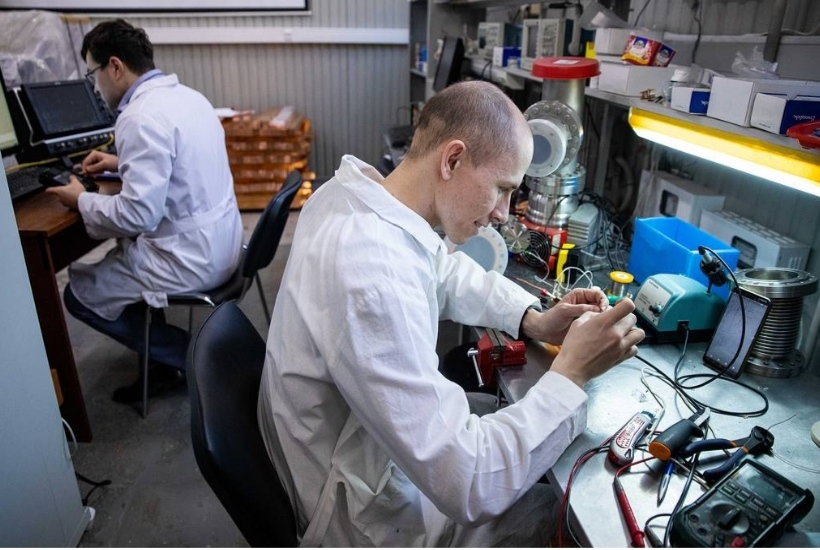Russia trials of plasma thrusters for nano satellite orbit retention
The plasma thrusters will be mounted on two satellites of Sputnix Company that will be launched into space under the Space PI program in 2022

MEPhI National Research Nuclear University laboratory
Russia has launched the trials of a plasma thruster for retaining the attitude of small space vehicles in orbit, said the press office of Sitronics Group.
“The staff of the plasma engine laboratory of the LaPlas Institute within the MEPhI National Research Nuclear University has launched trials jointly with representatives of the Sputnix Company (part of Sitronics Group) of Russia’s first plasma propulsion unit that can be mounted on small space vehicles,” the press office noted.
The engine has been named VERA (Volume-Effective Rocket-propulsion Assembly). “The small size and weight of the thrusters that have been developed make it possible to retain a cluster of ten nanosatellites in orbit,” the press office added.
With these thrusters mounted on CubeSat 3U satellites weighing no more than 4 kg, these space vehicles will be capable of retaining their orbital position or, upon the completion of their operation, lower the orbit’s altitude, cutting the time of burning up in the dense layers of the atmosphere two-or three-fold. The orbit lowering maneuver after the end of the satellite’s operation will make it possible to cut the time of space junk existence.
These plasma thrusters will be mounted on two satellites of Sputnix Company that will be launched into space under the Space PI program in 2022.




